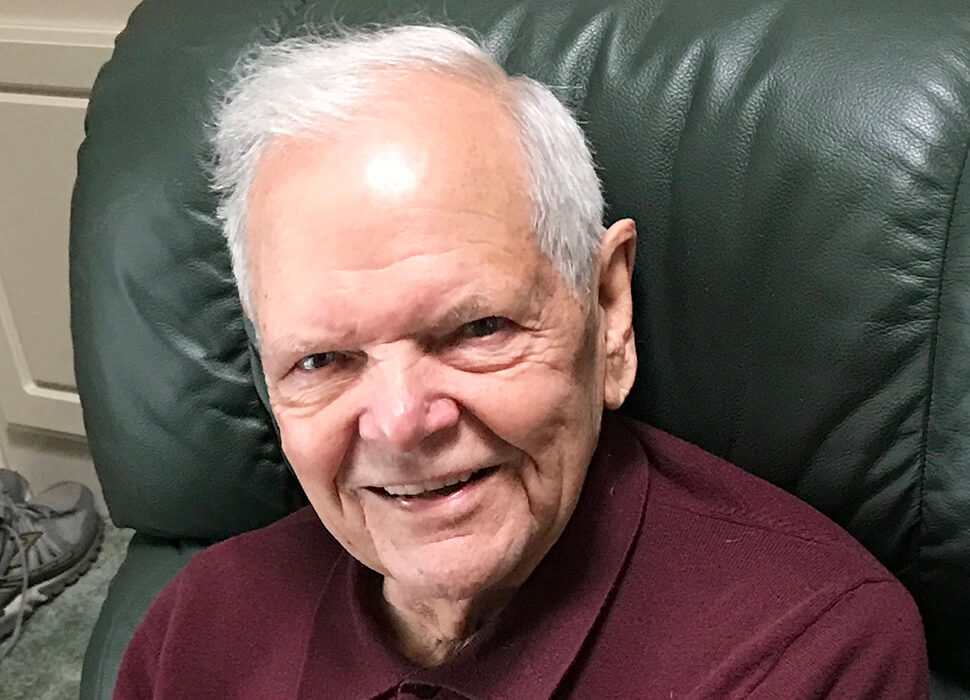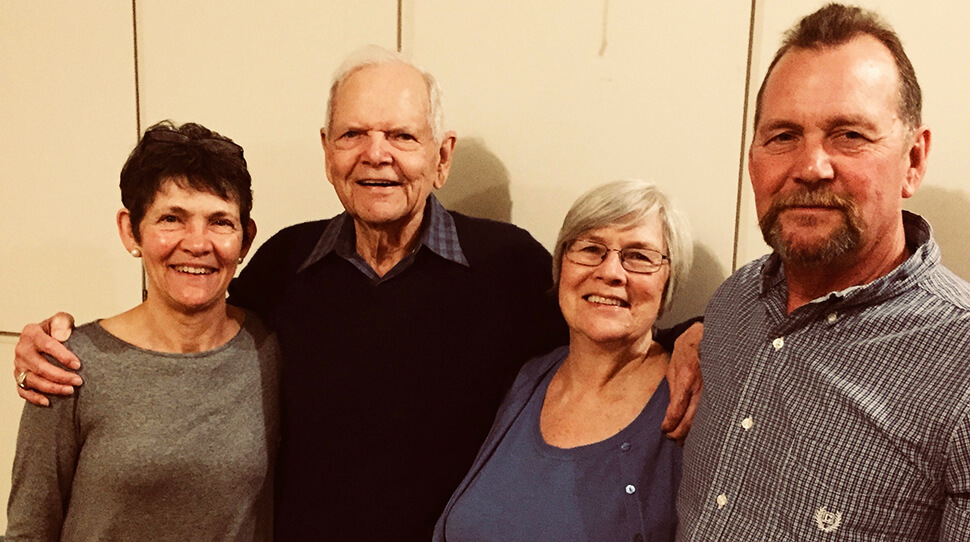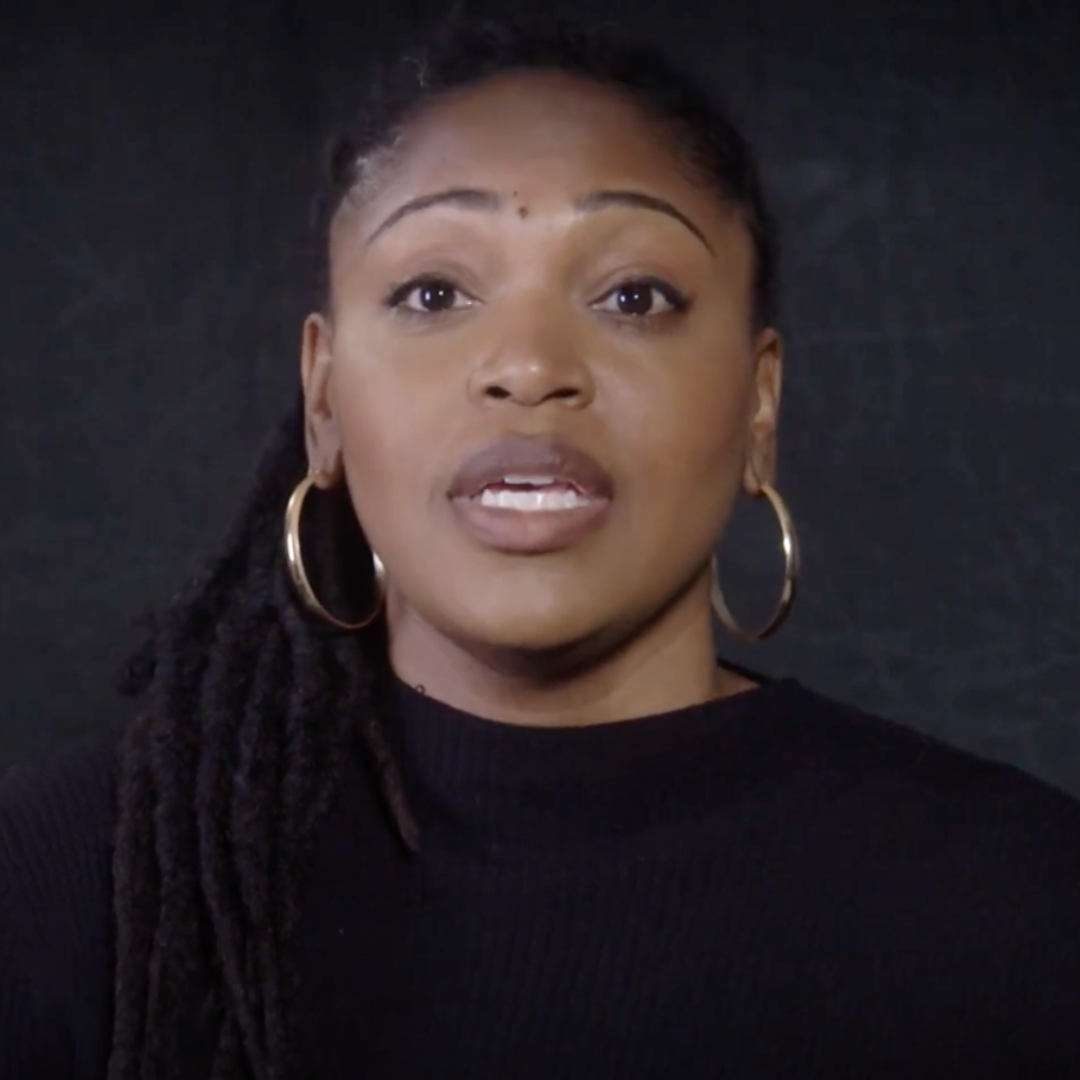Linda Davis-Reed is a retired dermatologist in Paradise, California.
My father, George, recently passed away at age 92 from complications following a second stroke in six months. In his last few months, he was able to understand what was said to him but slowly lost his ability to speak, read or write. He was miserable with being cut off from communication.
His condition was especially heartbreaking given how much energy and vitality he had possessed before his stroke. Since he retired, he had completed a bike trip across the U.S. and two long rides in Europe. He enjoyed staying physically and mentally fit; he was a voracious reader and a history buff. He enrolled in lifelong learning classes at a local university, taught a poetry class, and dabbled in everything from Shakespeare to guitar.

Exploring Options
In June 2017, before his ability to speak was seriously impaired, my dad talked with my husband and me about what options he had for medical care.
I am a retired dermatologist; my husband is a retired family physician. Both of us have insights into the world of medicine, but had limited choices to help my father as he confronted disability and death.
It is an essential end-of-life option that should be available to terminally ill patients across the United States.
In October, following a second stroke with more severe impact on his ability to communicate, we continued hospice care but had little else to offer than emotional support and speech therapy. Last Christmas, he made the decision to stop taking his medications. He demonstrated this by pushing away his pill containers.
His wife didn’t want him to stop his medication, forcing me to tell her, “this is not your decision; it’s his decision.” It was so important to me to make sure that at a time when he had so little control over his body, he could at least have some control over how he ended his life.
A Painful End
He stopped eating and drinking a week before his death recognizing that it was the last tool he had to have some control over his demise. It was so horrible, watching this bright, funny, very social person become so isolated and emaciated.
He did not exit this world in the way he would have preferred. Nor did my mother, who died five years ago from metastatic breast cancer. She, too, was in hospice care, which was wonderful in many ways, but she would have much preferred to die several months before she did, on her own terms.
Learning about Death with Dignity
I was vaguely aware that a Death with Dignity law had passed in our home state of California, but it was still so new that I did not know much about it. My father’s experience got me thinking about the assisted-dying movement in a new light. If I was not aware of the specifics of the law as a practicing physician, what did the general public know about California’s End of Life Option Act? How could I best educate myself, my family, and my peers about the ins and outs of the law and why it’s so important?
It has been an amazing learning process. I expected more of a mixed bag of reactions when I started talking about Death with Dignity. That has not been my experience.
I have not encountered a single person who was horrified by the idea of assisted death. In fact, everybody that I have talked to has been interested in what they can do to have this option for themselves when the time comes.

Honoring My Father
What Death with Dignity can offer is compassion and control. So many people would be so much more at peace knowing that if things got unbearable, they would have an option that could ease their suffering, even if they chose not to exercise it.
I have decided that the best way to honor my father is to advocate for Death with Dignity. It is an essential end-of-life option that should be available to terminally ill patients across the United States. Having the option and knowing how to access that choice is what is critical.

